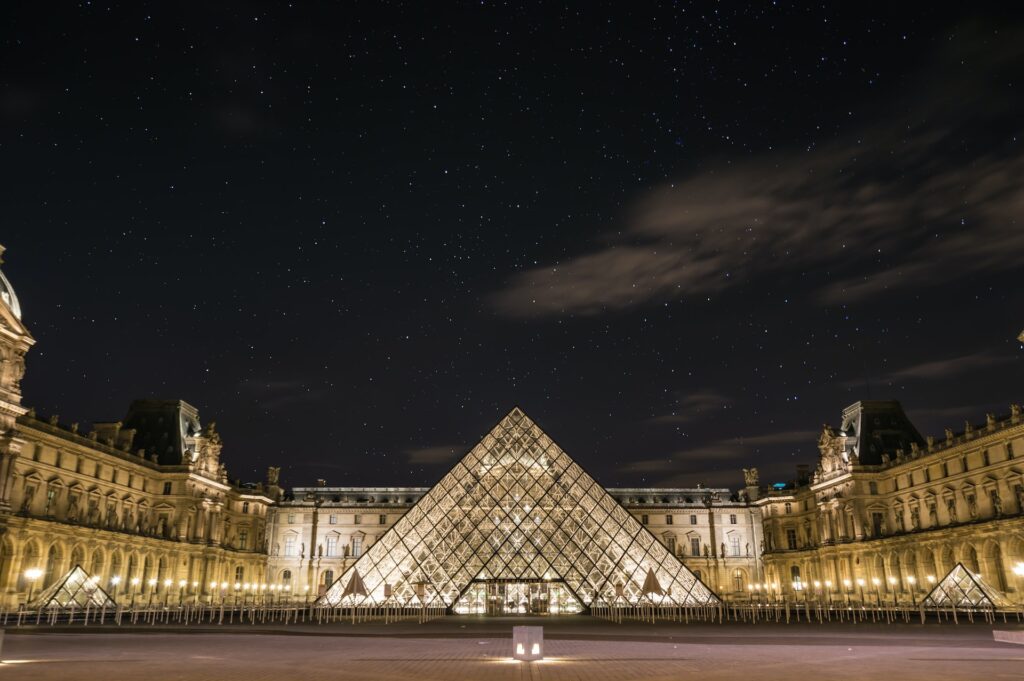The Louvre is one of the most popular museums in the world. It’s home to Leonardo da Vinci’s Mona Lisa, but there are plenty of other fascinating things to see there as well. Here are five unmissable sights in the Louvre that you may not have heard of.
1. Vénus de Milo
The Venus de Milo is one of the most famous sculptures in the world. It was created sometime between 130 and 100 BCE, and is believed to depict the Greek goddess Aphrodite. The sculpture was found in 1820 on the Greek island of Milos, and has been on display at the Louvre Museum in Paris since 1821.
Although it is missing its arms, the Venus de Milo remains a stunning work of art. The gentle curves of the goddess’s body are beautifully rendered, and her serene expression is unforgettable. For centuries, the Venus de Milo has inspired artists and art lovers alike, and it remains one of the most popular sculptures in the world.
2. Les Noces de Cana by Véronèse
One of the most famous paintings by Véronèse is Les Noces de Cana, which shows the wedding feast of Cana in Galilee. The painting is huge, measuring 12 feet by 18 feet, and is filled with hundreds of figures.
The wedding feast is taking place in an outdoor courtyard, and guests are enjoying a lavish banquet. In the center of the painting, Jesus is shown performing a miracle, turning water into wine. The painting is full of rich colors and detail, and it captures the feeling of joy and celebration that would have been experienced at a wedding feast in that time period.
Les Noces de Cana is a masterpiece of Renaissance art, and it provides a glimpse into the lavish lifestyle of 16th-century nobility.
3. The Winged Victory of Samothrace
The Winged Victory of Samothrace, also known as the Nike of Samothrace, is a marble sculpture of the Greek goddess Nike. It is considered one of the greatest masterpieces of Hellenistic art. The sculpture was created around 190 BC and is believed to have been erected atop a staircase in the sanctuary of the Great Gods on the island of Samothrace.
It was discovered in 1863 by French archaeologist Charles Ernest Beulé and has been on display at the Louvre Museum in Paris since 1884. The statue is life-size and portrays Nike in a flowing garment with wings outstretched.
Her left foot is broken and does not touch the ground, giving the impression that she is about to take flight. The Nike of Samothrace is a highly evocative work that conveys a sense of movement and triumph.
4. The Dying Slave and the Rebellious Slave by Michelangelo
The Dying Slave and the Rebellious Slave are two of Michelangelo’s most renowned sculptures. The Dying Slave portrays a slave in the process of being freed from his chains, while the Rebellious Slave depicts a slave in the midst of rebellion, fighting against his captors. Both sculptures are incredibly powerful and evoke a range of emotions in viewers.
The Dying Slave is undoubtedly one of the more touching pieces of art out there. It captures the hope and determination of aslave who is about to be freed. The sculpture portrays the slave’s struggle against his chains, and his eventual triumph as he breaks free. The strength and resolve of the slave is evident in every line of the sculpture, making it an inspiring sight.
The Rebellious Slave, on the other hand, is a much more aggressive piece. It shows a slave in the heat of battle, fighting against his oppressors. The sculpture captures the anger and frustration of the slave, as he fights for his freedom. The Rebellious Slave is a reminder that even in the darkest of times, hope and resistance can still be found.
5. Psyche Revived by Cupid’s Kiss
Antonio Canova’s Psyche Revived by Cupid’s Kiss is one of the most famous sculptures in the world. The life-size marble statue depicts the moment when Psyche, a mortal woman, is brought back to life by a kiss from her husband, the god Cupid. Canova’s work is remarkable not only for its beauty, but also for its technical precision.
Every detail of the statue, from the delicate folds of Psyche’s dress to the wispy strands of her hair, is rendered with flawless accuracy. In addition, the posture of the figures suggests a sense of movement and grace that is truly breathtaking. Psyche Revived by Cupid’s Kiss is a masterful work of art that continues to captivate viewers from all over the world.
Final Thoughts
There is no doubt that you should see the Mona Lisa when you’re in the Louvre. Sadly, there are many people who visit the famous museum just for that sole purpose without seeing what else is there.
Here we’ve selected just five but there are many, many more pieces of art that are worth your time. While Da Vinci’s painting may be the star attraction, take your time and enjoy what else the museum has to offer.

